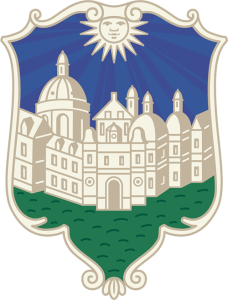The College of William & Mary (also known as William & Mary, or W&M) is a public research university in Williamsburg, Virginia. Founded in 1693 by letters patent issued by King William III and Queen Mary II, it is the second-oldest institution of higher education in the United States, after Harvard University.
William & Mary educated American Presidents Thomas Jefferson (third), James Monroe (fifth), and John Tyler (tenth) as well as other key figures important to the development of the nation, including the fourth U.S. Supreme Court Chief Justice John Marshall of Virginia, Speaker of the House of Representatives Henry Clay of Kentucky, sixteen members of the Continental Congress, and four signers of the Declaration of Independence, earning it the nickname "the Alma Mater of the Nation." A young George Washington (1732–1799) also received his surveyor's license through the college. W&M students founded the Phi Beta Kappa academic honor society in 1776 and W&M was the first school of higher education in the United States to install an honor code of conduct for students. The establishment of graduate programs in law and medicine in 1779 makes it one of the earliest higher level universities in the United States.
In addition to its undergraduate program (which includes an international joint degree program with the University of St Andrews in Scotland and a joint engineering program with Columbia University in New York City), W&M is home to several graduate programs (including computer science, public policy, physics, and colonial history) and four professional schools (law, business, education, and marine science). In his 1985 book Public Ivies: A Guide to America's Best Public Undergraduate Colleges and Universities, Richard Moll categorized William & Mary as one of eight "Public Ivies".



